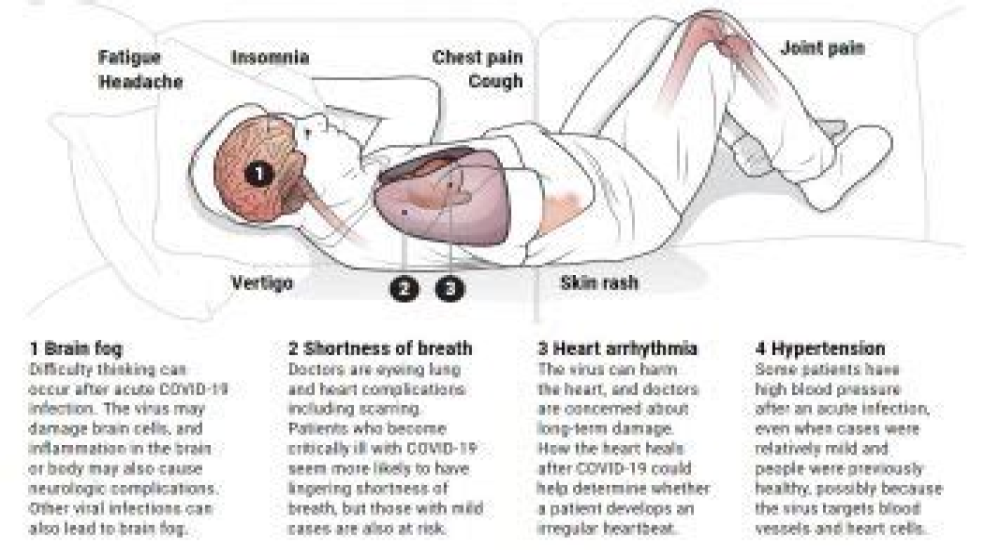Authors: Nizar R. Alwaqfi & Khalid S. Ibrahim
Abstract
Severe acute respiratory syndrome coronavirus 2 (SARS-CoV-2) infects host cells through angiotensin converting enzyme 2 receptors, leading to coronavirus disease (COVID-19)-related pneumonia, and also causing acute cardiac injury and chronic damage to the cardiovascular system. The purpose of this review is primarily reviewing the COVID-19 disease, including pathogen, clinical features, diagnosis, and treatment with particular attention to cardiovascular involvement based on the current evidence. COVID-19 remains a threat to global public health. The associated extra-pulmonary manifestations and their prolonged consequences are frequently overlooked. Pre-existing cardiovascular disease or acute cardiac complications may contribute to adverse early clinical outcome. At the moment, there is no specific treatment for COVID-19, but multiple randomized controlled trials (RCT) are being conducted. New supportive therapies are being evaluated with promising results.
Background
In the last two decades the family coronaviruses (CoVs) was responsible for two severe epidemics of zoonotic origin. In 2003 a mysterious pneumonia, originated from southeast China, caused by a new CoV and was named severe acute respiratory syndrome CoV (SARS-CoV), it infected more than 8000 with a mortality rate around 10–15% with no available proper treatment or vaccination. Then emergence of another outbreak in 2012 in the Middle East of a novel CoV called Middle East respiratory syndrome CoV (MERS-CoV), it infected 857 cases with 35% mortality rate [1,2,3].
In late December 2019, an outbreak of a mysterious pneumonia happened in a seafood wholesale wet market, the Huanan Seafood Wholesale Market, in Wuhan, Hubei, China [4, 5]. The underlying causative agent of this outbreak was identified as a novel coronavirus, that was named severe acute respiratory syndrome CoV 2 (SARS-CoV-2) and the disease related to it as CoV disease 2019 (COVID-19) by the World Health Organization (WHO). Later, WHO named this pathogenic virus for 2019-nCoV [6, 7]. The market was closed on 1 January 2020 [5]. SARS-CoV-2 genetic sequence was shared publicly on 11–12 January, it is an enveloped virus with a genetic material made up of a positive–sense single–stranded RNA [5, 8]. On march 11, 2020 WHO declared COVID-19 a pandemic disease and by May 12, 2020 the virus has spread to more than 200 countries worldwide with more than 4 million cases and more than 283 thousand deaths [5]. Till now, all available evidence for COVID-19 suggests that SARS-CoV-2 has a zoonotic origin in bats and not a laboratory construct [5].
Many literature reported the clinical features, virology, pathophysiology, epidemiology, and radiology of COVID-19, but the comprehensive review is few. And although COVID-19 is predominantly a respiratory disease, some patients develop severe cardiovascular disease [1]. In addition, patients with underlying cardiovascular disease might have an increased risk of mortality [1]. The purpose of this review is to summarize the current literature on COVID-19 disease, including pathogen, clinical features, diagnosis, and treatment based on the current evidence, with emphasis on understanding the mechanisms of cardiac involvement, cardiac complications, so that treatment of these patients can be timely and effective and mortality reduced.
For More Information: https://cardiothoracicsurgery.biomedcentral.com/articles/10.1186/s13019-020-01299-5
